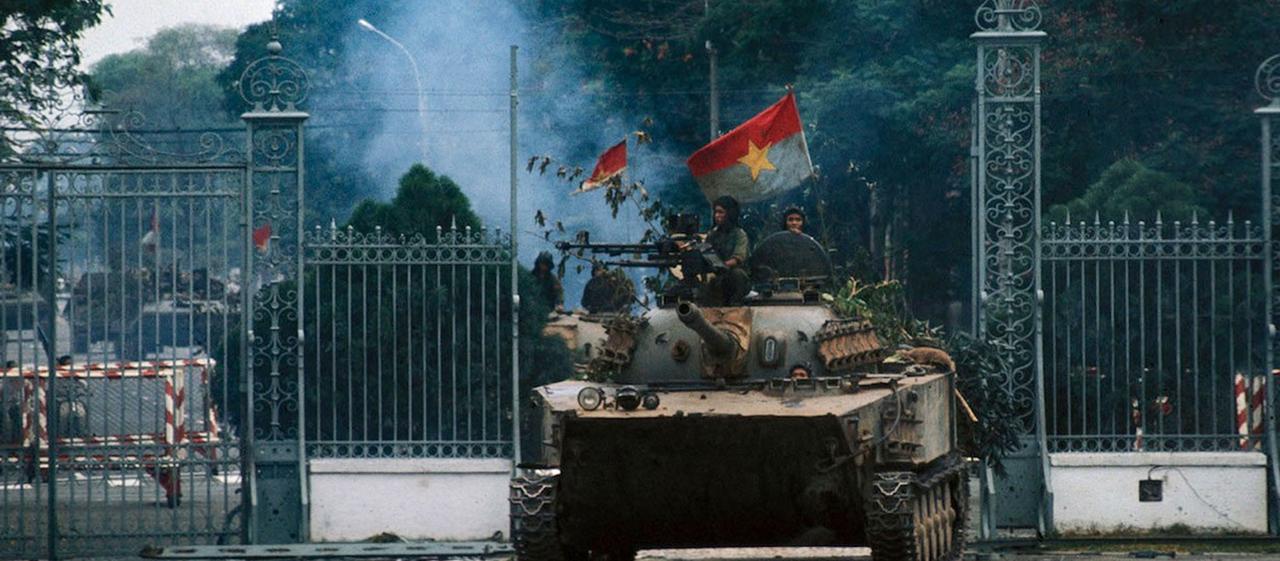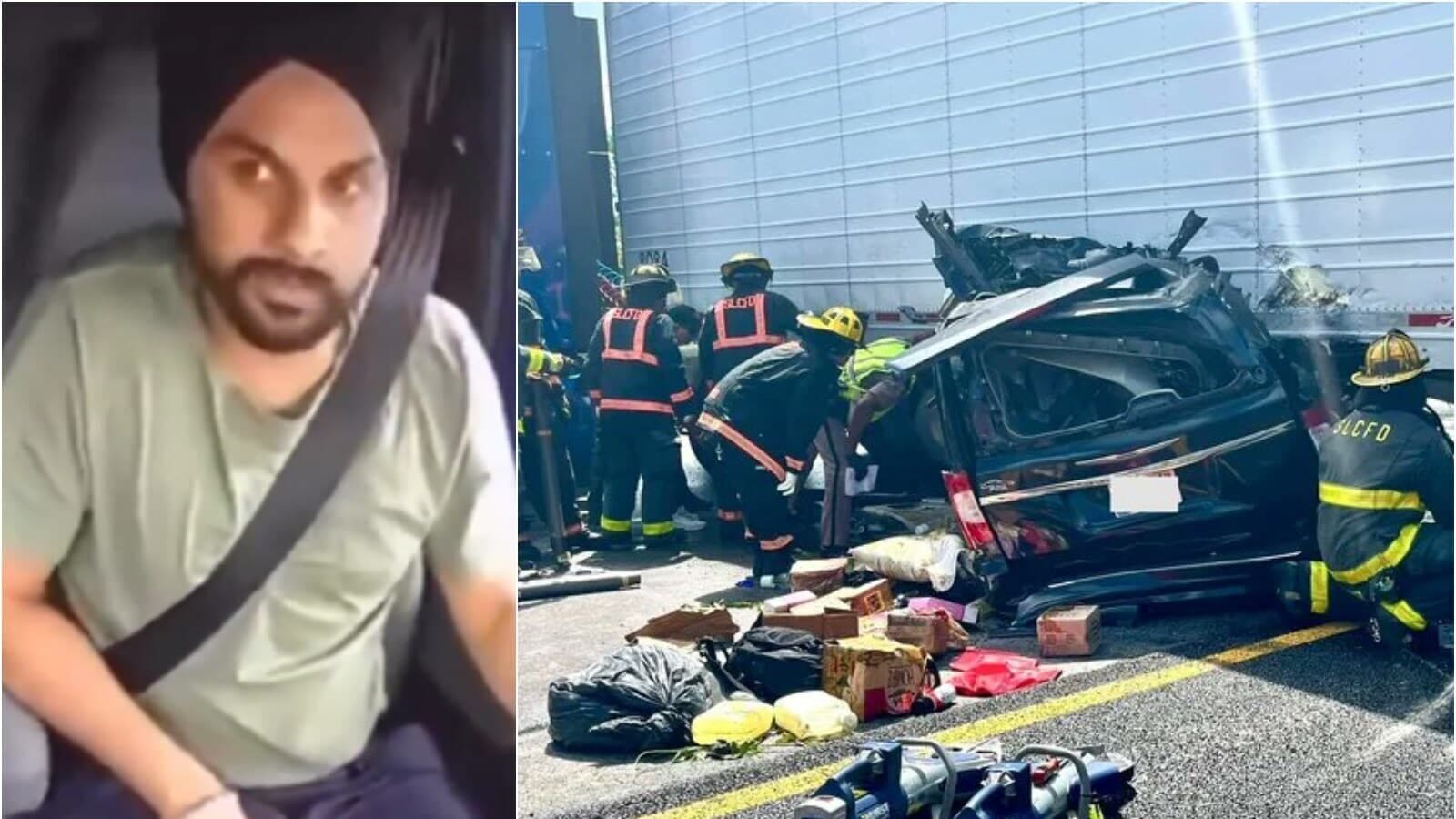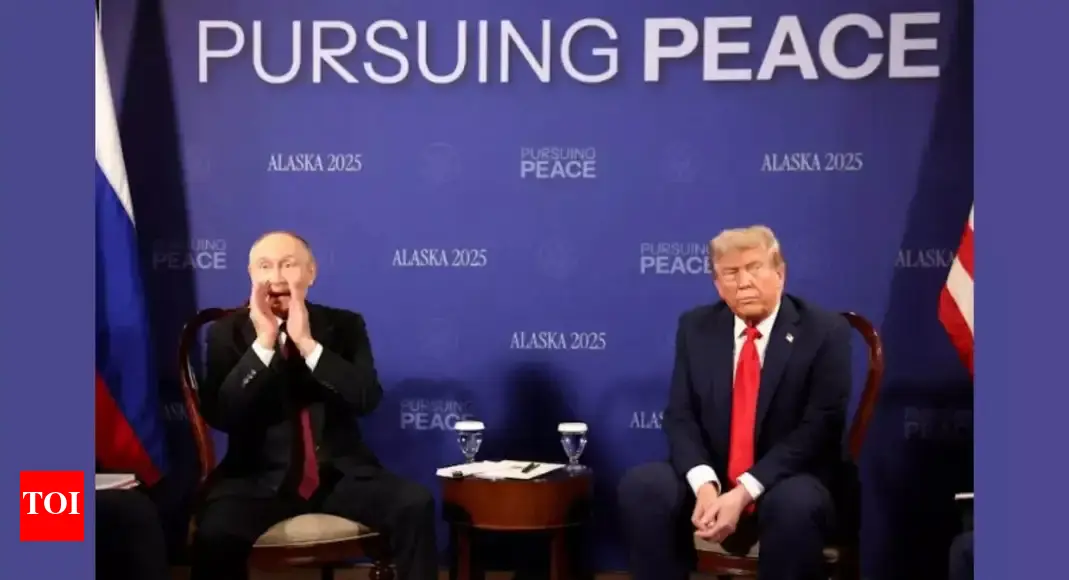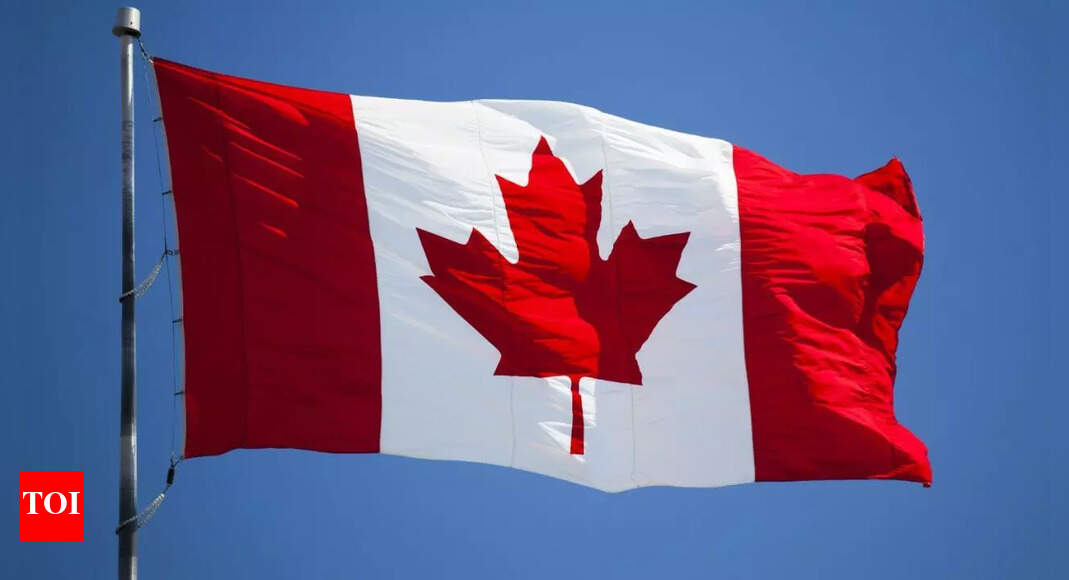Fifty years ago, on April 30, 1975, the capital of South Vietnam–Saigon– fell under communist control, and the war fought by the United States against the Communists came to a humiliating end. The end of the war paved the way for the country’s reunification, which is now celebrated as Reunification Day.
The 50th anniversary of the Liberation of the South and National Reunification was commemorated on April 30 with a stunning military parade and civilian procession down Lê Duẩn Boulevard in District 1, Hồ Chí Minh City (previously Saigon).
The military display began with a fly-past by groups of Mi-8T, Mi-17, and Mi-171 helicopters flying the national and Communist Party flags, as well as Việt Nam People’s Army fighter planes around the southern city. Su-30MK2 fighter jets and the versatile Yak-130 fighter-trainers participated in the event.
The military contingents from China, Laos, and Cambodia—neighboring countries with close links and a shared history of support for Vietnam’s fight for independence and national defense—also participated in the parade.
The parade commemorates the fateful day when the North Vietnamese (backed by Soviet Russia and China) forces overran the Independence Palace in central Saigon, which is now Ho Chi Minh City, bringing an end to the almost two-decade conflict that caused huge losses to both North and South Vietnam, as well as the United States, which backed South Vietnam against North.
The US and Vietnam have since made significant progress. The two countries have even signed a comprehensive strategic partnership, demonstrating the resilience in ties and burgeoning cooperation between them.

The Beginning Of The Vietnam War
The Vietnam War was an armed conflict that began in 1955. The conflict was fought between North Vietnam, backed by the former Soviet Union (Russia) and China, and South Vietnam, which was supported by the West.
Vietnam was earlier a French colony. The Japanese occupied it during World War II. After World War II ended, a power vacuum emerged. While the French tried to reassert their dominance over Vietnam once again, this time they were repelled by Vietnamese revolutionary Ho Chi Minh, who was a communist trained by the Soviet Union.
He declared independence in North Vietnam in September 1945 and announced the founding of the Democratic Republic of Vietnam (DRV). The French recognized the declaration but offered that the DRV operate with autonomy with limited powers within the French Union, a demand expressly dismissed by Ho Chi Minh.
This was followed by guerrilla warfare against the French.
At the same time, the world was undergoing a significant political shift by this time, with US President Harry S. Truman officially declaring his opposition to communism in 1947.
By 1950, the communist Democratic Republic of Vietnam was recognised by the Soviet Union and the newly established People’s Republic of China. This was seen as a threat by Washington, which then increased assistance to France to decimate the communists in the country. The fighting went on between the communist guerrillas and the French unabated for the next few years.
In 1954, the Geneva Accords divided Vietnam into North Vietnam and South Vietnam along a border known as the 17th parallel. Ho Chi Minh headed the communists in the north, while Ngo Dinh Diem became the leader of South Vietnam, supported by the United States, which had become increasingly invested in Vietnam by now. The accord called for elections and reunification within two years; however, this did not occur.
By 1959, North Vietnamese forces started constructing a supply line to South Vietnam via Laos and Cambodia in an attempt to aid guerrilla warfare against Diem’s regime in the south. The route came to be known as the Ho Chi Minh Trail and enabled the North Vietnamese forces to expand in South Vietnam.
With support from the North Vietnamese, an outfit called the National Liberation Front (NLF) was established as the political branch of the South Vietnamese anti-government insurgency. The United States referred to the NLF’s military component as the Viet Cong, short for Vietnam Cong-san, or Vietnamese communists, because it was seen as an extension of North Vietnam.
Armed with Chinese and Soviet weapons, the north secretly deployed 40,000 members of its own People’s Army of Vietnam (PAVN) to fight in the south’s rebellion by 1963. This was a red line for the United States, which started injecting its troops into the South, albeit secretly.

In 1963, the US led a coup against the Southern leader Diem, whose popularity in the South had been plummeting. This threw the country further into chaos. At least 12 different governments took over in South Vietnam as military coups replaced one government after another, between 1963 and 1965.
It was in 1964, in the Gulf of Tonkin incident, when the US forces conducting covert missions in Vietnam came under attack by North Vietnamese forces. In response, the US Congress passed the Gulf of Tonkin Resolution in August 1964, allowing the US president to “take all necessary measures, including the use of armed force,” against any aggressor in the hostilities. This opened the gates to the US military intervention in the country.
In February 1965, the US forces officially entered the war with a bombing campaign. The war continued for another decade, causing a massive dent to the US’s reputation of invincibility.
Fall Of Saigon: The End Of The War
A significant shift in the war came in 1968 when the North Vietnamese forces launched the Tet Offensive. The Tet Offensive was a series of surprise attacks launched by North Vietnamese and Viet Cong forces against South Vietnamese and US forces during the Vietnamese Lunar New Year (Tet) in 1968. The operation, which started on January 30 and 31, 1968, targeted South Vietnam’s populous areas, military outposts, and major towns.
The Tet Offensive was a military disaster for the North Vietnamese, but it had a big effect on US public perception and led to a plummeting of support for the war.
The US was also engaging in peace negotiations with the USSR and North Vietnam as part of what was known as the Paris Peace Negotiations. At the time, an agreement was reached between the US and North Vietnam. However, it was rejected by President Thieu of South Vietnam, and the peace negotiations collapsed.
The then-President Richard Nixon warned the North Vietnamese government of dire consequences if it did not return to the negotiating table. A series of US offensives were launched, including the Christmas Bombing in 1972. On December 18, 1972, 87 B-52s took off from the Andersen Air Force Base (AFB) in Guam. They were joined in the attack by 42 additional B-52s flying out of U Tapao Royal Thai Airfield, Thailand, marking the beginning of Linebacker II. This was the largest attacking bomber force assembled since World War II.
However, while the operation caused widespread devastation in Vietnam, it also resulted in unprecedented losses for the US. A total of fifteen B-52s were lost, with 33 airmen losing their lives, as previously explained by the EurAsian Times.
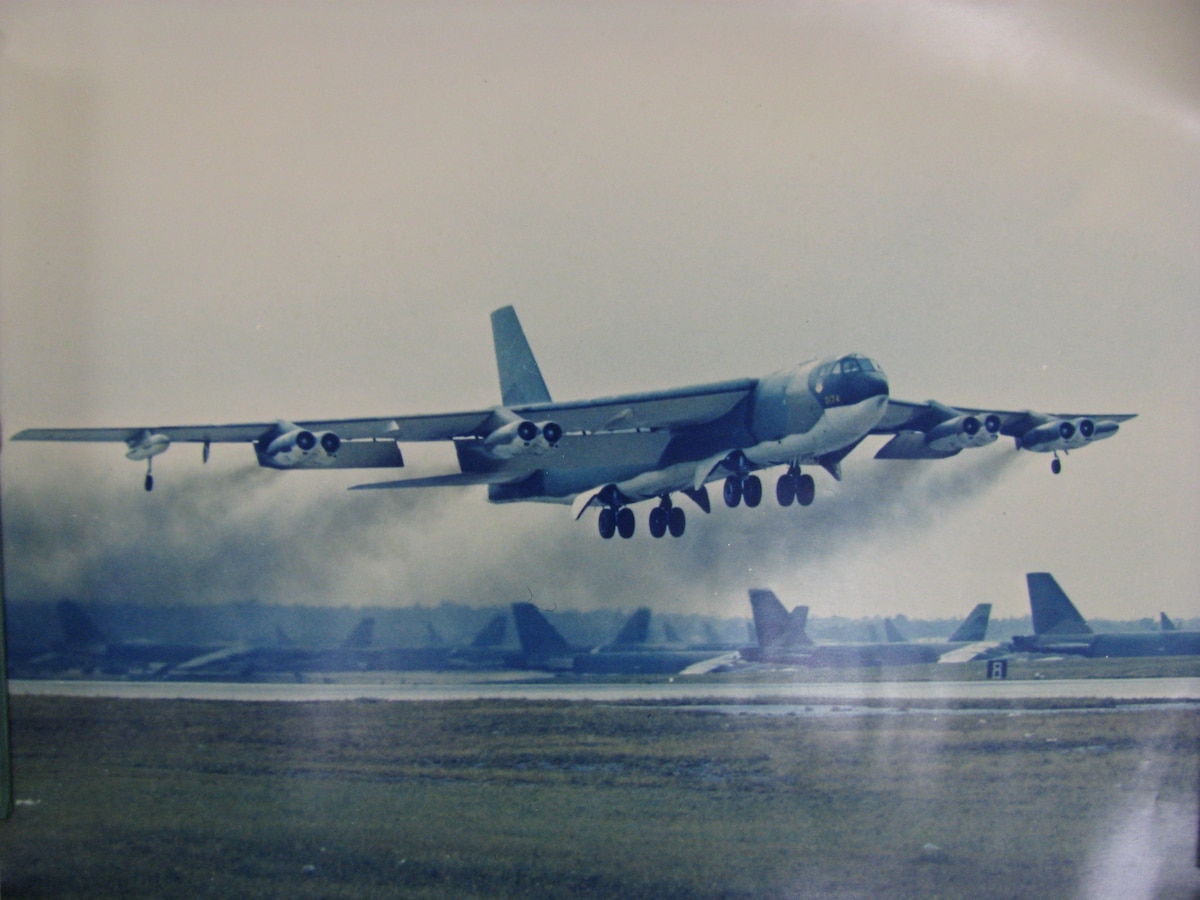
Ten days after Operation Linebacker II ended, on January 8, 1973, peace talks resumed. On January 27, the US government, the Democratic Republic of Vietnam, the Republic of Vietnam (also known as South Vietnam), and the Provisional Revolutionary Government of South Vietnam (PRG), which represented the South Vietnamese communists, finally signed the Paris Peace Accords. The US was able to withdraw its soldiers from the Vietnam War while saving face, thanks to the accord.
Notably, the accords marked the beginning of the end of the US involvement in the war. After the Paris Peace Accords were signed in 1973, the USA withdrew its military forces from Vietnam, but many of them remained in the country.
The North Vietnamese began offensives in the northern South Vietnamese province of Quang Tri and the Central Highlands in March 1975. South Vietnamese counterattacks, however, failed as a huge number of troops deserted to protect their families.
The North Vietnamese, feeling emboldened, ordered their full force to go ballistic on the South. Saigon was to fall that spring. On his part, South President Thieu criticized the United States for abandoning South Vietnam during its time of need and announced his resignation on television on April 21.
By April 27, 100,000 North Vietnamese forces had surrounded Saigon. The People’s Army of Vietnam (PAVN) and Viet Cong forces of North Vietnam began attacking the Army of the Republic of Vietnam (ARVN) positions on April 29 with heavy artillery.
“From April 29th to April 30th, helicopters landed at 10-minute intervals in the embassy, including landing on the embassy roof. With some pilots flying for 19 hours straight, over 7,000 people were evacuated, including 5,500 Vietnamese, in less than 24 hours,” the US State Department states.

By the afternoon of April 30, North Vietnamese soldiers had taken control of the Presidential Palace, hoisted their flag over it, and attacked important buildings throughout the city, indicating the end of South Vietnamese resistance.
The world watched as a T-54 tank entered through the gates of the presidential palace at noon on April 30, 1975. This was the fall of Saigon and the end of the long and painful war.
The end of the war signaled the agonizing conclusion of a protracted and expensive war for the United States. At the same time, however, it marked the beginning of a unified, communist era in Vietnam.

